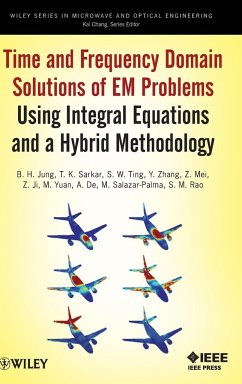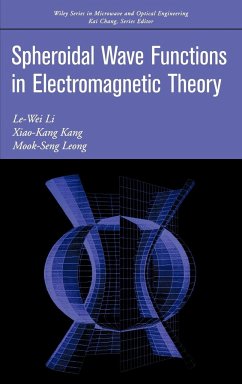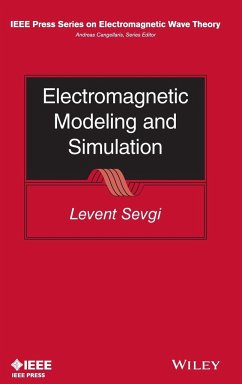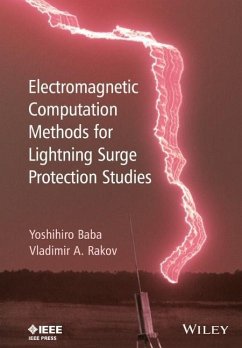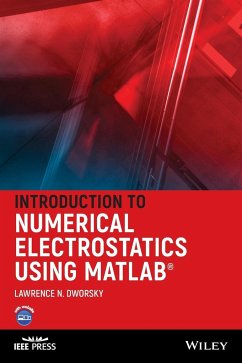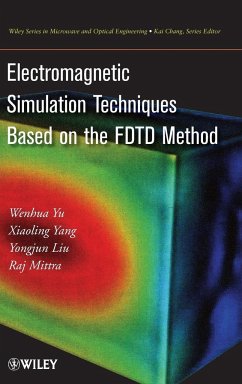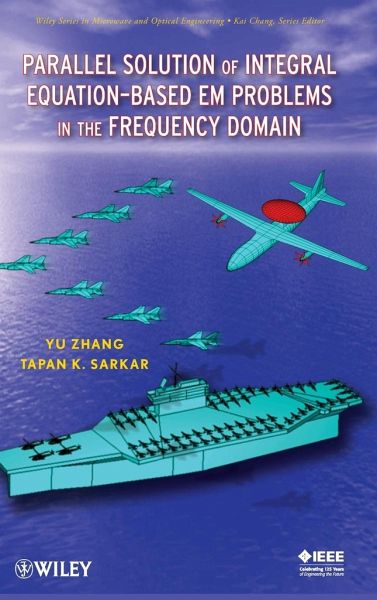
Parallel Solution of Integral Equation-Based EM Problems in the Frequency Domain

PAYBACK Punkte
64 °P sammeln!
- Provides complete coverage of parallel electromagnetic simulation techniques for Method of Moments
- Includes methodologies general enough for all types of Method of Moments problems
- Emphasizes both the design methodology and engineering application of the parallel codes
- Codes developed for this book, TIDES, have been tested on a variety of platforms. A comprehensive summary of ten typical computer platforms is included.
- Includes methodologies general enough for all types of Method of Moments problems
- Emphasizes both the design methodology and engineering application of the parallel codes
- Codes developed for this book, TIDES, have been tested on a variety of platforms. A comprehensive summary of ten typical computer platforms is included.
A step-by-step guide to parallelizing cem codes
The future of computational electromagnetics is changing drastically as the new generation of computer chips evolves from single-core to multi-core. The burden now falls on software programmers to revamp existing codes and add new functionality to enable computational codes to run efficiently on this new generation of multi-core CPUs. In this book, you'll learn everything you need to know to deal with multi-core advances in chip design by employing highly efficient parallel electromagnetic code. Focusing only on the Method of Moments (MoM), the book covers:
In-Core and Out-of-Core LU Factorization for Solving a Matrix Equation
A Parallel MoM Code Using RWG Basis Functions and ScaLAPACK-Based In-Core and Out-of-Core Solvers
A Parallel MoM Code Using Higher-Order Basis Functions and ScaLAPACK-Based In-Core and Out-of-Core Solvers
Turning the Performance of a Parallel Integral Equation Solver
Refinement of the Solution Using the Conjugate Gradient Method
A Parallel MoM Code Using Higher-Order Basis Functions and Plapack-Based In-Core and Out-of-Core Solvers
Applications of the Parallel Frequency Domain Integral Equation Solver
Appendices are provided with detailed information on the various computer platforms used for computation; a demo shows you how to compile ScaLAPACK and PLAPACK on the Windows(r) operating system; and a demo parallel source code is available to solve the 2D electromagnetic scattering problems.
Parallel Solution of Integral Equation-Based EM Problems in the Frequency Domain is indispensable reading for computational code designers, computational electromagnetics researchers, graduate students, and anyone working with CEM software.
The future of computational electromagnetics is changing drastically as the new generation of computer chips evolves from single-core to multi-core. The burden now falls on software programmers to revamp existing codes and add new functionality to enable computational codes to run efficiently on this new generation of multi-core CPUs. In this book, you'll learn everything you need to know to deal with multi-core advances in chip design by employing highly efficient parallel electromagnetic code. Focusing only on the Method of Moments (MoM), the book covers:
In-Core and Out-of-Core LU Factorization for Solving a Matrix Equation
A Parallel MoM Code Using RWG Basis Functions and ScaLAPACK-Based In-Core and Out-of-Core Solvers
A Parallel MoM Code Using Higher-Order Basis Functions and ScaLAPACK-Based In-Core and Out-of-Core Solvers
Turning the Performance of a Parallel Integral Equation Solver
Refinement of the Solution Using the Conjugate Gradient Method
A Parallel MoM Code Using Higher-Order Basis Functions and Plapack-Based In-Core and Out-of-Core Solvers
Applications of the Parallel Frequency Domain Integral Equation Solver
Appendices are provided with detailed information on the various computer platforms used for computation; a demo shows you how to compile ScaLAPACK and PLAPACK on the Windows(r) operating system; and a demo parallel source code is available to solve the 2D electromagnetic scattering problems.
Parallel Solution of Integral Equation-Based EM Problems in the Frequency Domain is indispensable reading for computational code designers, computational electromagnetics researchers, graduate students, and anyone working with CEM software.





